Why contractors keep reaching for Methyl Hydroxy Ethyl Cellulose Best Selling
I’ve walked enough dry-mix plants to know: cellulose ethers quietly make or break a mortar. This Hebei-made line ships from No.1 Shifu East Road, Gaocheng District, Shijiazhuang — a hotspot for reliable powders. And yes, the name’s a mouthful, but the performance? That’s the part crews remember.
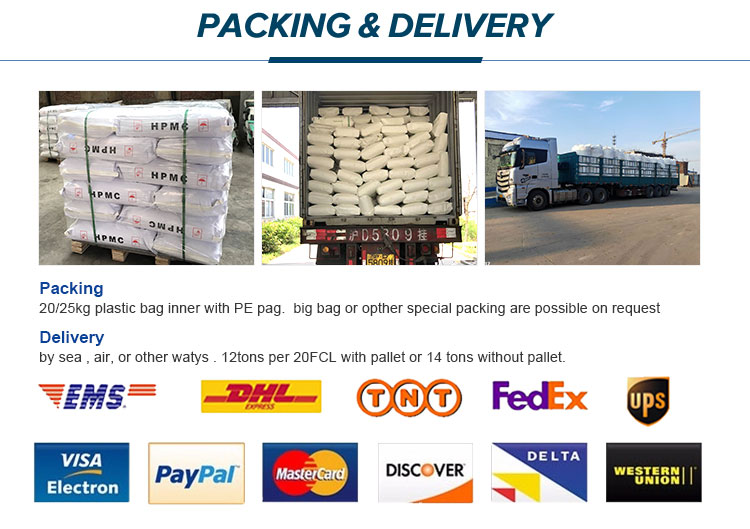
What’s trending (and why it matters)
Contractors want consistent water retention, longer open time, and a smoother trowel feel — without sticky slump. To be honest, price volatility nudged many toward blended systems (HPMC + RDP, sometimes a touch of starch ether). This line covers HPMC, HEC, MHEC, CMC, and RDP, which seems practical. One bucket, fewer surprises.
Key specifications (construction grade)
| Parameter | Typical value | Method/Standard |
|---|---|---|
| Viscosity (2% sol., 20°C) | 20,000–90,000 mPa·s (≈) | Brookfield RV, ISO 2555 |
| Moisture | ≤5% | ISO 12570 |
| Ash content | ≤1.5% | ISO 2144 |
| pH (2% sol.) | 6.0–8.5 | EN 1262 (lab) |
| Particle size | ≥95% passing 80–100 mesh | ISO 565 |
| CAS No. | 9032-42-2 (supplier data; may vary by grade) | — |
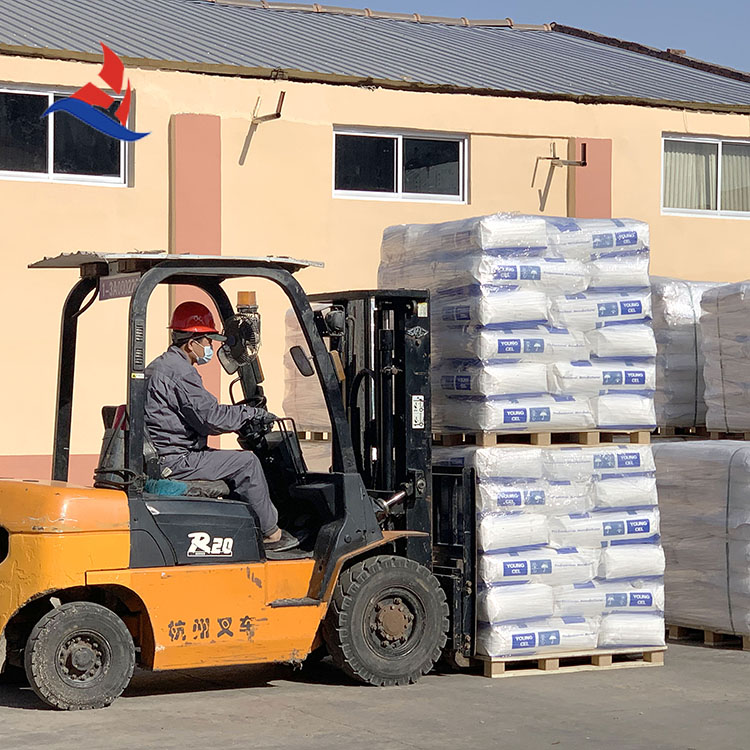
Process flow (how it’s made)
Materials: refined cellulose, alkalizing agent, etherifying agents (methyl/ethylene-based), purified water. Methods: alkalization → etherification → neutralization/washing → low-temp drying → milling and sieving → QC. Testing standards include viscosity (ISO 2555), moisture (ISO 12570), and mortar performance per EN 12004 (tile adhesives) and EN 998-1 (plasters). Real-world shelf life: around 24 months in dry, sealed bags.
Where it’s used (and dosage)
- Tile adhesives (C1/C2): 0.2–0.6% w/w. Better open time, slip resistance.
- Wall putty/skims: 0.2–0.4%. Smooth pull, fewer pinholes.
- Gypsum plasters: 0.15–0.35%. Thixotropy that feels “creamy.”
- Self-leveling: 0.05–0.2% (low-vis variants). Controlled segregation.
- EIFS/ETICS basecoats: 0.2–0.5%. Water retention and sag control.
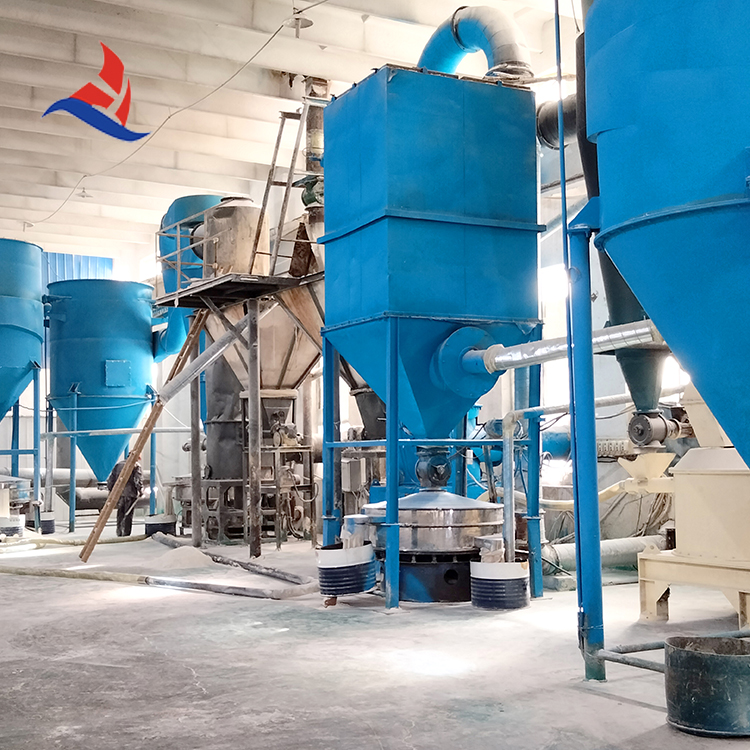
Why many customers pick it
Advantages: consistent water retention, steady viscosity across batches, and that forgiving trowel feel. Certifications typically include ISO 9001; REACH and RoHS statements are available by grade. In fact, lab sheets I saw showed water retention gains of ≈18–25% vs. baseline HPMC in C1 mortars, with EN 12004 open time extended by ~10–15 minutes.
| Vendor | Purity/ash | Viscosity tolerance | Customization | Certs |
|---|---|---|---|---|
| Youngcel (Hebei) | Low ash (≤1.5%) | Tight (≈±7%) | Particle size, gel temp, viscosity | ISO 9001, REACH (by grade) |
| EU Brand B | Very low ash | Very tight (≈±5%) | Broad but pricier | ISO 9001/14001 |
| Regional Mill C | Medium | ±10–15% | Limited | Basic QA |
| Trader A | Varies | Varies | Repacked only | Claims only |
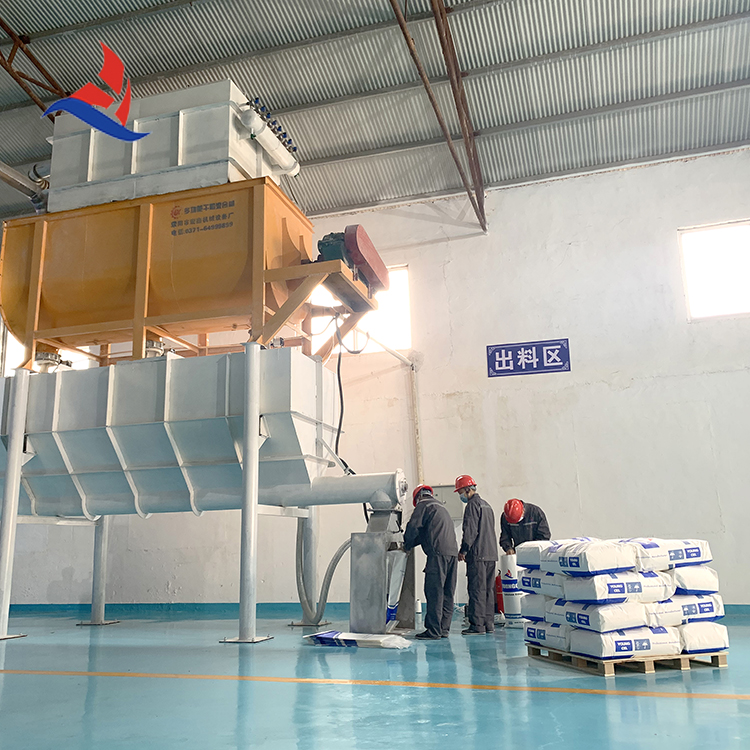
Customization, QC, and service life
Custom cuts include viscosity windows, set gel temperature, and sieving to 120 mesh for spray plasters. QC tracks Brookfield curves, loss on drying, and mortar tests (EN 12004 slip/open time, EN 1015-12 water absorption). Stored cool and dry, unopened bags last ≈24 months; performance in mixes stays stable beyond the first year — many applicators say “it just mixes cleaner.”
Field notes (real projects)
- Tile plant, Southeast Asia: swapping to Methyl Hydroxy Ethyl Cellulose Best Selling cut sag failures by 30% and added ~12 min open time (EN 12004, T/E class).
- MENA skim coat line: 0.3% dosage improved scratch coat hang by ≈20% while keeping spreadability; contractors reported fewer edge tears.
- Gypsum plaster trial: low-vis variant delivered smoother finish, with trowel energy reduced by ~8% (operator feedback, not lab-grade but telling).
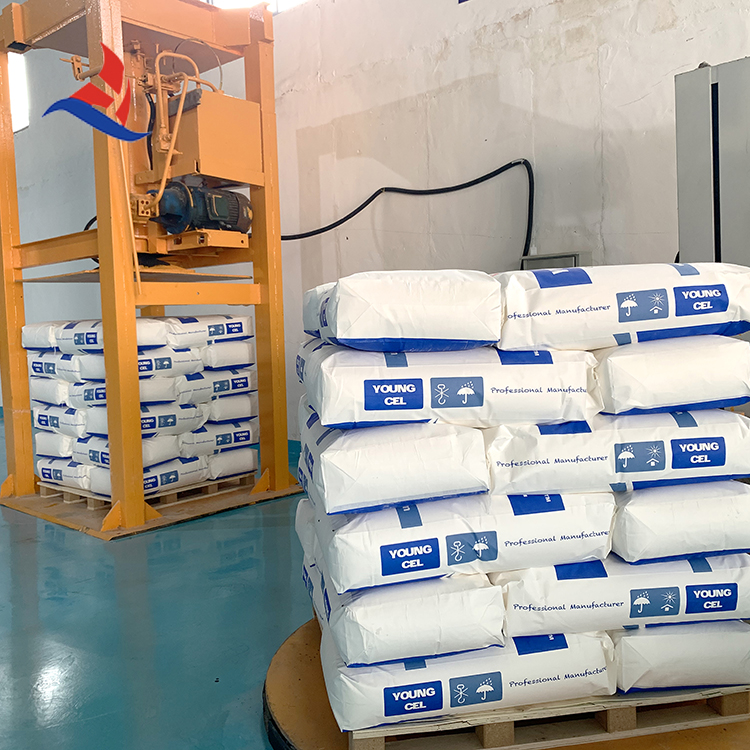
If you need a straight shooter: for most C1/C2 tile adhesives, start at 0.35% of Methyl Hydroxy Ethyl Cellulose Best Selling, tweak RDP to 2–4%, and validate with EN 12004 open time and slip tests. It’s not flashy; it just works.
Authoritative references
- EN 12004: Adhesives for tiles — Definitions and specifications.
- EN 998-1: Specification for mortar for masonry — Rendering and plastering mortar.
- ISO 2555: Plastics — Resins in the liquid state or as emulsions or dispersions — Determination of apparent viscosity by the Brookfield test method.
- EN 1015-12: Methods of test for mortar — Determination of adhesive strength.
- ISO 9001: Quality management systems — Requirements.
-
Understanding Methyl 2 Hydroxyethyl Cellulose: Uses, Benefits & Industry InsightsNewsNov.24,2025
-
Hydroxyethyl Methyl Cellulose HEMC: Industrial Uses, Benefits & Future TrendsNewsNov.23,2025
-
HEMC Cellulose: Versatile & Sustainable Industrial Polymer | YoungcelNewsNov.23,2025
-
Methyl Hydroxyethyl Cellulose: Versatile Building Block for Industry & SustainabilityNewsNov.23,2025
-
CAS 9032 42 2: Understanding Polyvinyl Alcohol's Impact on Industry & SustainabilityNewsNov.22,2025
-
Hydroxyethyl Methyl Cellulose: Versatile Solutions for Modern Industry and SustainabilityNewsNov.22,2025




